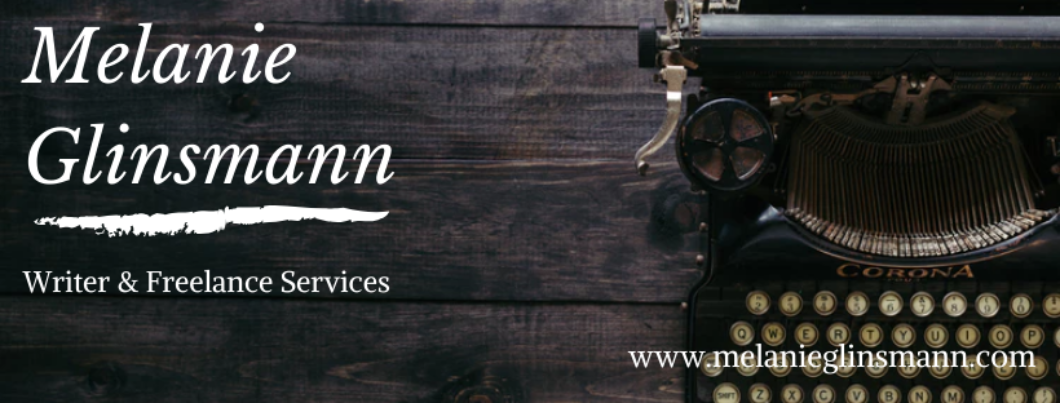
Last night, parts of the earth witnessed a total lunar eclipse. What made this event more special was that there was also a full moon, a super moon in fact, meaning the moon was closer to the earth than usual. This combination provided star gazers with a unique opportunity to study the moon and get some amazing pictures. To add to the evening, this particular full moon was also known as a blood moon. Because of the way the angle of the earth’s orbit and the way the sun reflected, the close up moos had a reddish tint.
This giant bright red moon and a lunar eclipse drew out astronomers and curious onlookers everywhere. Unfortunately, where I live, clouds disrupted viewing plans. I got a few good pictures in the first stages of the eclipse. But conditions went downhill after that.
Even for casual observers, a lunar eclipse is a pretty big deal. While lunar eclipses happen more frequently that solar eclipses, they’re still something to appreciate.
Growing up, our next-door neighbor was a physics professor. I remember several times when there were astronomical events, and he would borrow a telescope from the university where he taught. He and his wife invited my family over to sit on the driveway in the middle of the night. Talk about party animals.
Sometimes, we’d even drive out into the country to get away from the city lights. He would point out different constellations and whichever planets were visible that time of year. He helped us navigate the telescope to find certain things. The most memorable of these evenings spent looking through the telescope was the last time Halley’s Comet was visible.
SCIENCE MEETS CREATIVITY
So what is it about space that still fascinates us? Even with all our technology and space exploration programs, there’s still so much we don’t know. But the wonder of space goes beyond the scientific questions.
For centuries, storytellers, artists, and musicians have tried to explain not only the wonders of space, but also used it to create magical worlds in their work. From ancient cultures’ myths to early science fiction like Jules Verne’s From the Earth to the Moon, to modern day films like 2001: A Space Oddyssy, space exploration and the movement of planets and stars has inspired people to tell stories.
THE UNKNOWN
Since the days of Copernicus and Galileo, debate over what’s really out there has led to controversy and even people being put to death as religious heretics. Today, we have the advantage of decades of exploration and research. But there’s still a lot we don’t know about space. This unknown provides writers with a great way to explore their own questions about space. What better way to wonder about the outer reaches of space than by creating your own galaxies, planets, or even an alien race trying to conquer the earth. What we don’t know about space challenges writers and artists to think beyond the constraints of time and space. Ask yourself what topics your curious about when it comes to space. Use that as the jumping off point to come up with your own worlds and images.
THE FAMILIAR
With the vastness of space, it’s sometimes hard to remember that all of us on earth see the same moon and stars. While there is a lot about space still unexplored and questions unanswered, the familiar elements of the night sky unite people. Your nighttime view might change depending on where on the planet you live, and what season it is. But we share the same constellations, moon, and planets. This familiarity gives writers and artists a starting point. If you want to use space as a theme in your work, starting with a description of the moon or a constellation, gives you a known element in your story. Researching this particular element helps you start with facts and build your world from there. But this also gives readers a known element they can understand. This ensures both sci-fi fans and casual readers will have the same experience at the beginning of your story.
THE POSSIBILITIES
Because of the expanse of space and all that goes in it, subject matter is unlimited. Whether you focus on a specific planet, the moon, certain stars, a fictional galaxy, or whatever new space species you create, there is no limit to the creative potential for space themed works. Science fiction has always been popular with a select group. But in recent years, sci-fi authors have made great strides breaking into more mainstream markets. And other creative work – art, music, film, theater – all lend themselves to the countless possibilities of space exploration. A painting of an artist’s vision of what life on Mars might look like, or a series of podcasts about life on the International Space Station can be fun topics to develop. Not to mention the fact that that creative storytelling about space leads to learning new skills, especially for younger audiences. Encourage children to learn more about robots after reading a book called Cyrus, the Friendly Robot (I made that up. Feel free to write this book.) In space, creativity meets science.
While the Super Blood Wolf Moon total eclipse won’t happen again for something like 18 years, these astronomical events offer a great time to reflect on the creative possibilities of space themes. Whether you’re a writer considering a new young adult sci-fi series, a screenwriter looking at possibilities for a new movie, or a painter creating a collection centered on the planets, space and creativity are perfect partners for a trip across the universe.

**What are your favorite science fictions books or movies? Have you ever created a space related project?**
Reignite your creativity!

Subscribe to get new content, monthly newsletter, and important updates. You'll also receive a free download - "30 Days of Creative Inspiration."

